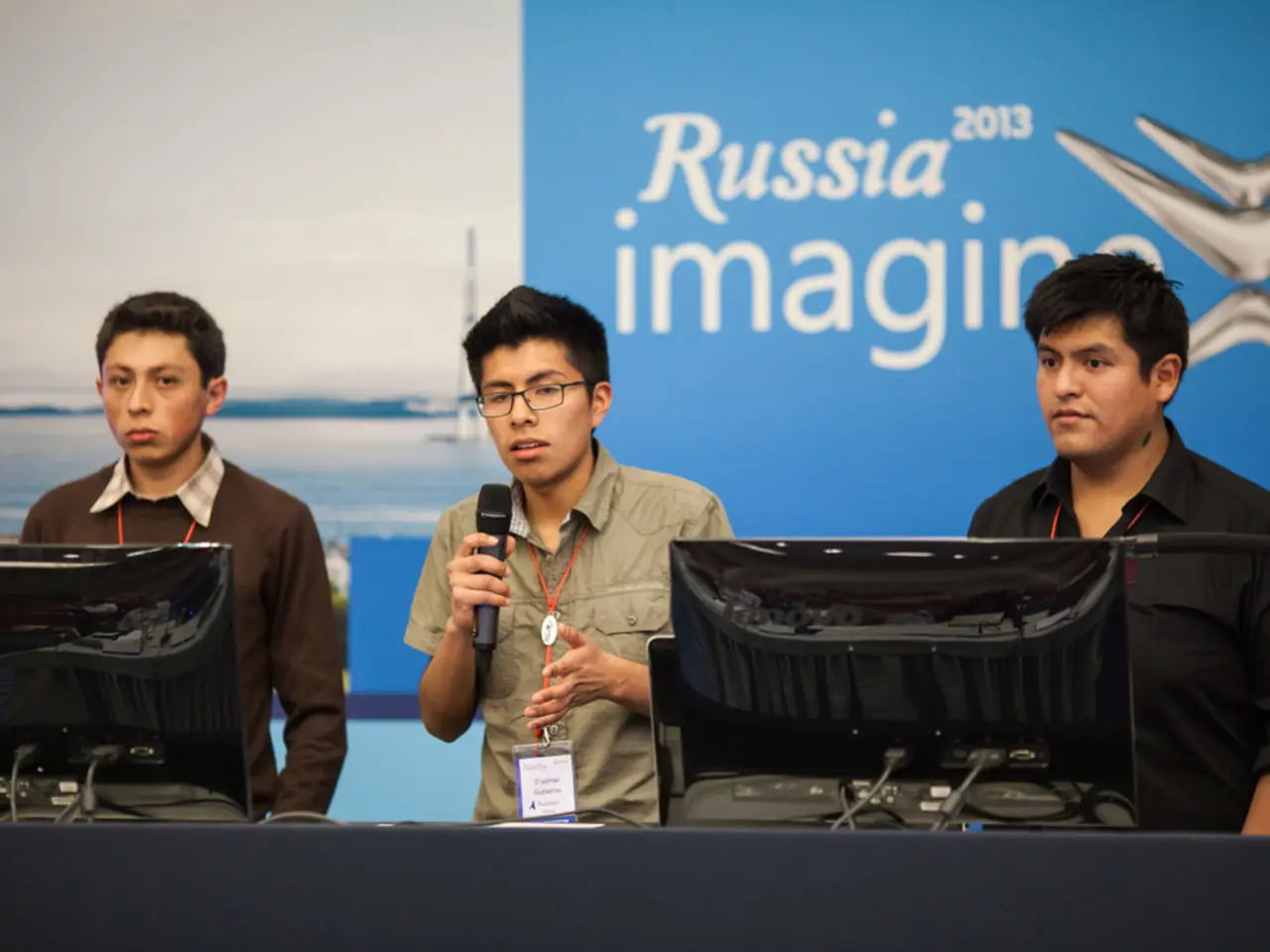China initiates Tianwen 2 expedition to acquire asteroid particles near Earth (video)
China embarks on a groundbreaking space mission to gather samples from a nearby asteroid. The Tianwen 2 spacecraft was launched on May 28, 2025, atop a Long March 3B rocket from Xichang Spaceport in southwestern China. A little over an hour later, the China Aerospace Science and Technology Corporation (CASC) announced the launch's success.
Tianwen 2 is en route to Kamo'oalewa, a peculiar near-Earth asteroid, with plans to deliver samples to Earth in 2027. The mission will test various sampling techniques, including a landing on the rocky body, if the terrain permits. Scientists hope to analyze the samples to ascertain the asteroid's origins, which could suggest the fragments are pieces of the moon ejected from a giant impact, and provide insights into the solar system's broader evolution. Moreover, mission data may aid in planetary defense planning.
Kamo'oalewa is not the mission's sole destination. Upon dropping off the samples on Earth, Tianwen 2 will use Earth's gravity for a slingshot maneuver, then journey to the comet 311P/PANSTARRS, arriving approximately in 2035. This comet exhibits characteristics of both asteroids and comets, offering a unique opportunity to delve into mysteries such as the origins of Earth's water. Tianwen 2 is equipped with several instruments, including cameras, spectrometers, particle analyzers, and magnetometers, to gather crucial data.
Tianwen 2 is China's second planetary exploration mission. It follows the Tianwen 1 Mars orbiter and rover, launched in 2020. Future missions include Tianwen 3, a Mars sample return mission set for launch in late 2028, and Tianwen 4, which will explore the Jupiter system and potentially Uranus. The achievement of Tianwen 2 places China among nations with asteroid sample-return capabilities, demonstrating its growing global leadership in space exploration.
- The Tianwen 2 spacecraft's mission includes gathering samples from a nearby asteroid, Kamo'oalewa, to provide insights into the solar system's evolution and potentially the moon's origins, as well as aiding in planetary defense planning.
- Tianwen 2's journey also includes a visit to the comet 311P/PANSTARRS in 2035, offering an opportunity to explore mysteries related to the origins of Earth's water.
- Armed with instruments such as cameras, spectrometers, particle analyzers, and magnetometers, Tianwen 2 will collect crucial data to help solve these celestial riddles.
- China's growing space exploration program includes future missions like Tianwen 3, a Mars sample return mission, and Tianwen 4, a mission to explore the Jupiter system and possibly Uranus, further solidifying China's position as a leading player in the field of space exploration.




